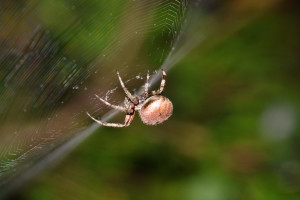Neptune’s Ark: From Ichthyosaurs to Orcas, by David Rains Wallace, UC Press, 2007, 313 pages, $27.50
The thin continental margin that is today the Pacific coast of North America has changed quite a bit over the last half billion years. By turns sunbaked, icy, and tropical, it has played host to a wonderful and bizarre panoply of life. In Neptune’s Ark, David Rains Wallace tracks the evolutionary course of multiple lineages of marine animals in this ever-changing environment. And quite a course it has been: The pages of this book are filled with flesh-eating ungulates, saber-toothed salmon, and seabirds large enough to darken the sky.
The menagerie itself would be quite enough to hold a reader’s attention, but Wallace also tells the story of the scientists who brought these creatures to light. Drawing on their logbooks and personal correspondence, Wallace illuminates the very personal nature of science. For every tidepool-foraging bear or mysterious “sea ape,” there is a gifted, haunted Douglas Emlong or a fastidious Georg Steller to reveal them. And as he cites examples of single species erroneously constructed from the fragments of multiple creatures or previously unknown lineages discovered over lunch, Wallace shows us that this human factor can prove almost as important to our understanding of the ancient ocean as the fossils themselves. [David Carroll]

.jpg)



-300x201.jpg)